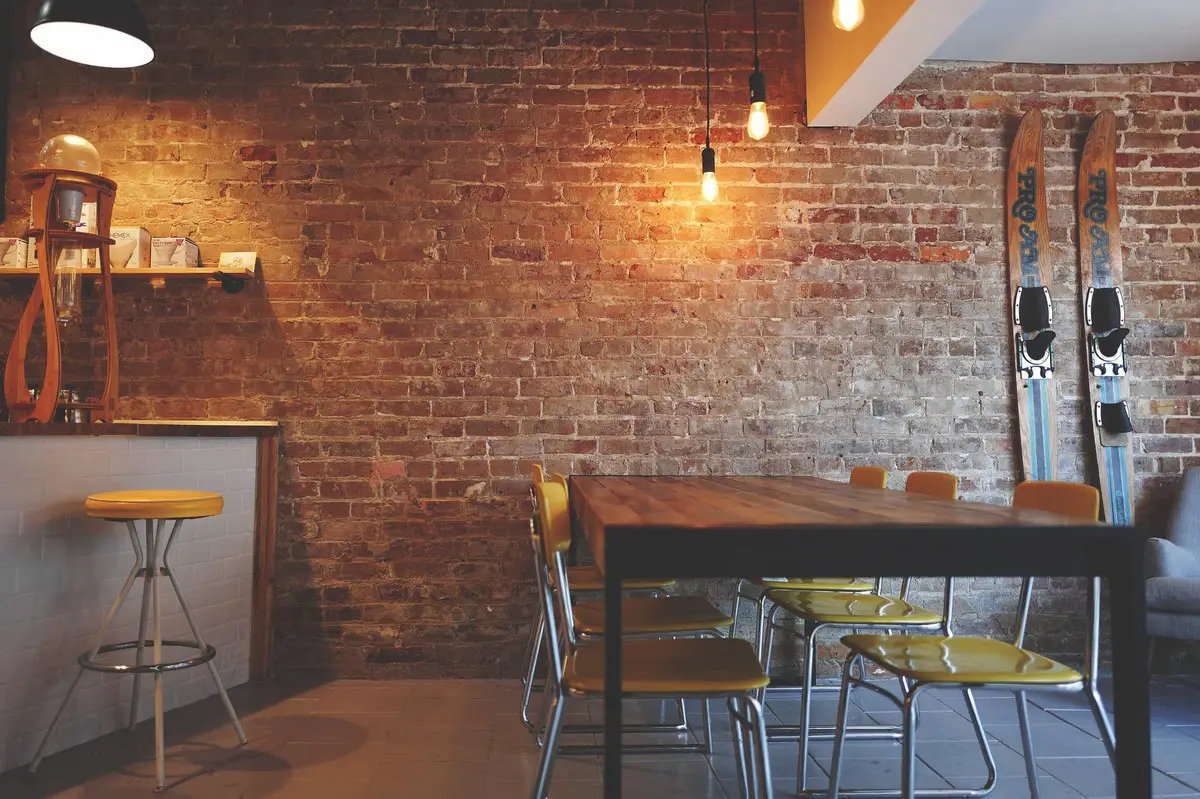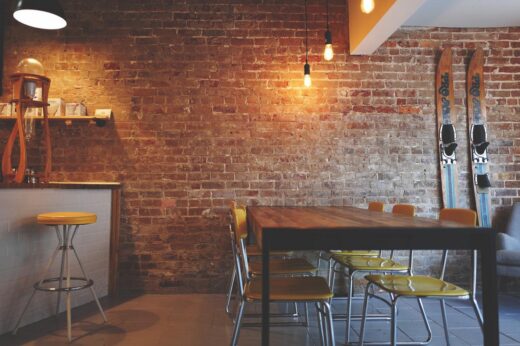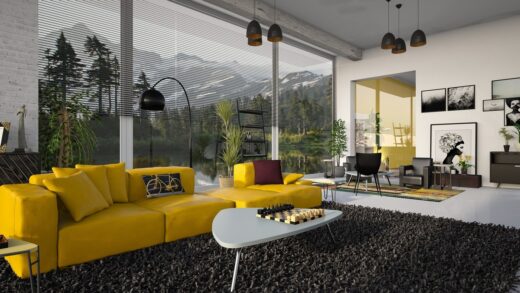Ultimate architectural lighting guide, 2022 light trend advice, Property interior design style
The Ultimate Architectural Lighting Guide
25 August 2022
When it comes to architectural projects, lighting is often overlooked. Nevertheless, it is one of the most important aspects of drawing and planning a new building because it affects the atmosphere of a space and can highlight important features.
Ultimately, architectural lighting will impact the experience of the people who will spend time in the new building that you’re planning to develop.
Why is architectural lighting important?
Lighting plays an important role in architecture for several reasons. First, lighting can help to create the desired atmosphere for a space. For example, bright, direct light can make a space feel more energetic, while softer, indirect light can make a space feel more relaxed.
Second, lighting can help to highlight important features of a new building. For example, accent lighting can draw attention to architectural details or artworks.
Last but not least, lighting should always be considered when designing a new building because it will impact the security and privacy of the space. For example, using frosted glass or curtains can diffuse light and create a more private setting. Therefore, it is important to consider how different materials interact with lighting from the start.
All in all, architectural lighting is important because it affects the atmosphere of a space and can highlight important features. It is also a tool that can be used to control the level of privacy in any building.
What are The Different Types of Architectural Outdoor Lighting
In modern architecture, outdoor lights are an essential design element. They can be used to create a certain mood, highlight architectural features, or simply provide functional lighting for the exterior space of a new building.
There are 3 main types of architectural outdoor lighting based on functionality:
- Path Lighting
- Ambient Lighting
- Accent Lighting
Path Lighting
No matter what kind of space you’re working with, the right path lighting can make all the difference. Path lighting can be used to illuminate walkways, driveways, and entrances.
This lighting can be achieved by using pathway lights, decking lights, porch lights, and wall lights. All path lights should be protected by a minimum IP rating of 65 and you should always make sure that the light fixture is specifically identified as outdoor lighting.
Ambient Lighting
In any given space, lighting plays a pivotal role in dictating the ambiance and overall feel of the area. It can enhance certain features while downplaying others. Ambient lighting has the ability to completely transform a room – making it feel warm and inviting or cold and sterile. Because of its importance, choosing the right lighting scheme for the outdoor space when planning a new building is not a decision to be taken lightly. Check amibent landscape lighting ideas
This lighting can be achieved by using string lights, festoon lights, and battery-operated outdoor lights. A key thing to consider when choosing ambient lights is to opt for low-brightness lights. These lights should only add a soft atmosphere, rather than a high-brightness output. Therefore, you should go for lights that emit a reduced amount of lumens, which means their brightness will be low.
Accent Lighting
Incorporating accent lighting into your home’s design is a great way to add dimension, interest, and drama. Accent lighting can be used to highlight architectural features, paintings, sculptures, and other objects. It can also be used to create a sense of ambiance in a room. When used properly, accent lighting can make a big impact on the overall look and feel of a new building.
There are many different types of accent lighting fixtures to choose from. Wall sconces, track lights, and recessed lights are all popular choices. When selecting fixtures, it is important to consider the size, scale, and placement of the light in relation to the object or area you are trying to highlight. You will also want to take into account the wattage of the bulb to ensure that the light is not too bright or too dim.
Landscaping lights and spotlights can also be used to add a focus area to your architectural design. For example, if you’re planning a small, unique green area, you can add some lighting highlights to showcase the garden features as well as provide some security and safety to the space.
Architectural Lighting also Plays a Role in the Security and Safety of your Project
When it comes to the safety and security of your project, architectural lighting also plays a role. The right lighting can help deter crime, increase visibility for security cameras, and make it easier for people to move around safely.
How to choose the best outdoor lights for security and safety?
With so many garden lights available in the market, it can be a daunting process to choose the best lights for your project. So, here are a few tips to keep in mind when choosing outdoor lighting for security and safety:
- Make sure there is adequate lighting around the perimeter of the property. This will help deter criminals and make it easier for security cameras to get a clear view of activity.
- Choose light fixtures that are durable and vandal-resistant. This will help ensure that they stay in working order and don’t become a liability if someone tries to damage them.
- Consider using motion-sensor lights in areas where people may need extra light, such as walking paths or parking areas.
How to Design a Good Outdoor Lighting Scheme
An outdoor lighting scheme should take into account the different needs of the space and its users. For example, a residential space will need different types of outdoor lighting than a public space. The following are some tips for designing a good outdoor lighting scheme:
1. Consider the purpose of the space and who will be using it.
Are you trying to light up a specific area for safety or security reasons? Or are you trying to create a more ambient atmosphere? Once you’ve decided on the purpose, you can start to plan out your design.
If you’re looking for safety and security, focus on lighting up high-traffic areas well. This might mean placing lights along walkways or paths, or around areas where people tend to congregate. You’ll also want to make sure that any light fixtures you use are durable and weatherproof.
If your goal is to create a more ambient atmosphere, try using softer, diffused lighting. This can be achieved by placing lights under trees or benches or using string lights in bushes or along railings.
2. Take into account the amount of natural light that is available in the space.
When considering the amount of natural light that is available in a space, it is important to take into account how this will affect the overall lighting of the space.
Natural light can be a great way to add light to a space, but it is also important to consider how it will affect the other elements in the space. This includes the furniture, the walls, and any other architectural features in the space. By taking into account the amount of natural light that is available in a space, you can create a more balanced and aesthetically pleasing overall design.
3. Select fixtures that are appropriate for the scale of the space and that complement the architecture.
When it comes to selecting fixtures for your space, it is important to take into account the scale of the room and the overall style of the architecture. For example, a large chandelier would be appropriate for a grand foyer with high ceilings, while a more modest pendant light would be better suited for a smaller entryway.
You should also consider how the fixtures will complement the other elements in the room, such as the furniture and décor. Work with your architect or designer to choose lighting fixtures that will enhance your space and create the desired ambiance.
4. Pay attention to detail when selecting fixtures and placing them in the space.
When selecting fixtures for a space, it is important to pay attention to detail. This includes considering the size, shape, and finish of the fixture, as well as its placement in the space.
It is also important to consider the function of the fixture. For example, task lighting should be placed in areas where people will be working or performing tasks. Accent lighting can be used to highlight artwork or architectural features. General lighting should provide even illumination throughout the space.
Consider also the light source when selecting fixtures. Incandescent bulbs produce a warm, inviting light, while LED bulbs are more energy-efficient and have a longer lifespan. CFL bulbs fall somewhere in between these two options.
Finally, don’t forget about the installation when selecting fixtures. Make sure there is easy access to outlets and that the fixtures can be mounted securely.
Ultimate architectural lighting – Wrapping Up
Outdoor lighting is one of the most important aspects of architecture. It can create different moods, highlight features, and make a space more inviting. Good lighting can make a huge difference in the overall look and feel of a exterior space.
There are many different types of outdoor lighting that can be used in architecture. LED lighting is becoming increasingly popular in architecture due to its energy efficiency and long life span. There are many different ways to use LED lights, so they can be very versatile.
The best way to determine what type of lighting would work best for your project is to consult with an experienced lighting designer.
Comments on this Ultimate architectural lighting guide article are welcome.
Lighting Articles
Lighting Posts
Getting your home filled with light
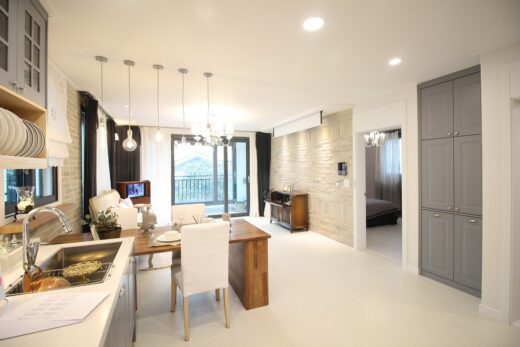
How Lighting Influences Mood and Productivity
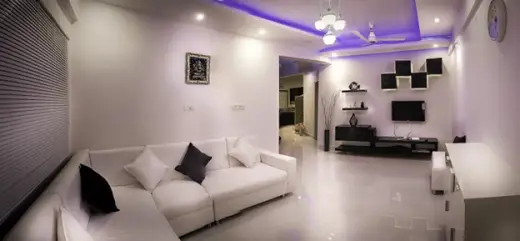
image source : pixabay.com
Tips To Choose the Right Lighting for Your Home
Best Solar Light Manufacturers In China
How to Use Lighting, Space and Material in Architectural Design
Building Articles
Residential Architecture
Comments / photos for the Ultimate architectural lighting guide advice page welcome

